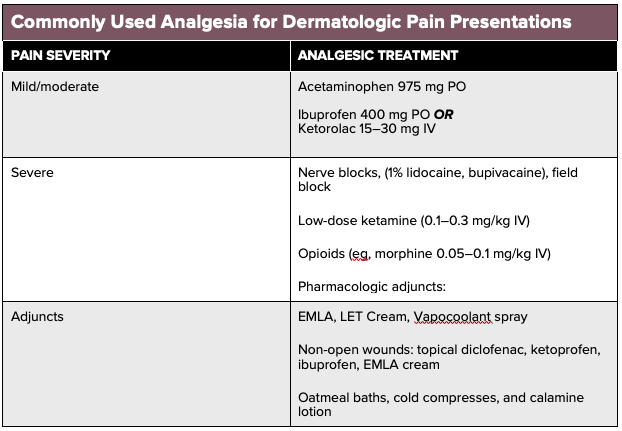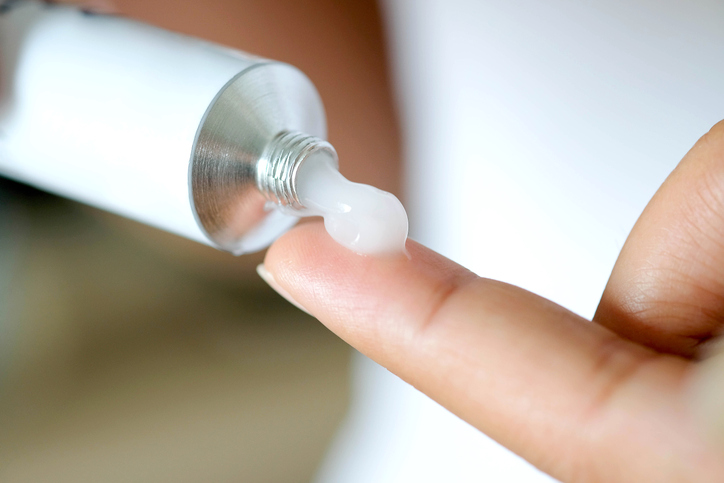Let Loose the Power of Topical Pain Lotion for Targeted Pain Management
In the realm of pain administration, topical discomfort lotions have actually become a targeted remedy that holds guarantee for those looking for remedy for local discomfort. The application of these lotions straight to the skin supplies a distinct method for dealing with pain at its source, enabling for a more concentrated approach than standard oral medications. Comprehending exactly how these creams work, the kinds of discomfort they can effectively deal with, and the benefits they hold over various other types of pain monitoring is vital for harnessing their full capacity. By checking out the benefits and application pointers of topical pain lotions, people may discover a customized method of pain alleviation that might transform their approach to handling pain.
Benefits of Topical Pain Lotions
Topical pain creams use targeted relief for local pain by straight addressing the resource of pain on the skin's surface area. Among the main benefits of using these creams is their ability to provide medicine directly to the affected area, giving quicker and a lot more efficient relief compared to oral drugs that need to take a trip with the blood stream. This targeted technique not just boosts the effectiveness of the pain-relief medicine however also minimizes systemic adverse effects that may take place with oral management.
Furthermore, topical discomfort creams are very easy and hassle-free to apply, enabling individuals to manage their discomfort without the need for constant dosing or complex management treatments (pain cream). The non-invasive nature of these lotions likewise makes them a favored choice for people who may have trouble swallowing pills or are averse to needles
Additionally, topical discomfort lotions are available in different solutions to deal with different kinds of pain, whether it be persistent or intense. This flexibility enables individuals to choose a product that best matches their details needs, making sure customized and efficient pain management.
Exactly How Topical Creams Job
Having established the benefits of targeted alleviation and individualized pain monitoring via the usage of topical pain lotions, understanding the device of activity behind these formulas is necessary for appreciating their effectiveness. Topical pain lotions work by delivering energetic ingredients straight to the website of pain.

Sorts Of Pain Dealt With
Different kinds of pain can be efficiently dealt with making use of topical pain lotions, using targeted alleviation straight at the source of discomfort (pain cream). Topical discomfort lotions are versatile and can attend to a variety of concerns, making them a useful choice for people seeking localized pain alleviation

Neuropathic pain, which originates from damages to the nerve system, is another kind that can benefit find out this here from topical treatments. Problems such as diabetic neuropathy or post-herpetic neuralgia can cause burning, shooting, or tingling pain, and applying a topical cream directly to sites the afflicted area can provide alleviation.

Application Tips for Performance
To take full advantage of the benefits of topical discomfort creams in handling various kinds of pain, recognizing the ideal application techniques is critical for accomplishing efficiency in pain relief. Appropriate application not only makes certain that the energetic ingredients permeate the skin and reach the damaged location yet also helps in making the most of the therapeutic impacts of the discomfort lotion.
Firstly, it is important to clean and completely dry the skin before using the topical discomfort lotion. This eliminates any type of dirt, oils, or barriers that could hinder absorption. Using the cream to intact skin, without any kind of cuts or irritations, is also important to stop any type of possible damaging reactions.
When using the cream, it is advised to make use of a tiny amount and gently massage therapy it right into the skin in a round movement. This aids in promoting far better absorption and circulation of the energetic ingredients within the afflicted area. In addition, complying with the recommended dosage and regularity of application specified on Full Report the product label is essential for ideal pain alleviation without the threat of overuse or unfavorable results.
Benefits Over Dental Medicines
Using topical pain lotions offers distinct advantages over conventional dental medicines in targeted discomfort administration. One crucial benefit is the capability of topical creams to provide medicine directly to the site of pain, giving local relief without the need for the medicine to distribute throughout the whole body. This targeted approach can lead to faster onset of activity and potentially lower total drug dosages, lowering the threat of systemic side effects.
Topical discomfort creams additionally use the advantage of minimized medicine communications contrasted to oral drugs. pain cream. Given that the medication is applied directly to the skin and does not go through the digestive system, the risk of communications with other medications taken by mouth is decreased. This can be especially helpful for individuals who are taking numerous medicines for various health and wellness problems
Furthermore, topical pain creams are usually well-tolerated and have a lower threat of creating intestinal concerns such as abscess or gastritis, which are usual side impacts of numerous oral pain drugs. This can be especially helpful for individuals that have delicate tummies or who are prone to gastrointestinal issues. On the whole, the targeted distribution, reduced drug communications, and lower risk of systemic negative effects make topical discomfort creams a useful alternative for people seeking reliable and well-tolerated discomfort monitoring options.
Final Thought
In conclusion, topical pain creams offer targeted discomfort alleviation without the potential side effects connected with dental drugs. On the whole, topical pain creams provide a risk-free and efficient choice for pain monitoring.
In the realm of pain monitoring, topical pain creams have actually emerged as a targeted service that holds assurance for those seeking relief from local pain.Having established the benefits of targeted relief and personalized pain monitoring via the use of topical pain lotions, recognizing the mechanism of activity behind these formulations is crucial for appreciating their efficacy.Using topical discomfort lotions offers distinct benefits over traditional oral medications in targeted discomfort monitoring.In addition, topical pain creams are typically well-tolerated and have a lower risk of triggering intestinal concerns such as abscess or gastritis, which are usual side effects of many oral pain medications.In verdict, topical pain creams offer targeted pain relief without the potential side effects associated with oral drugs.

